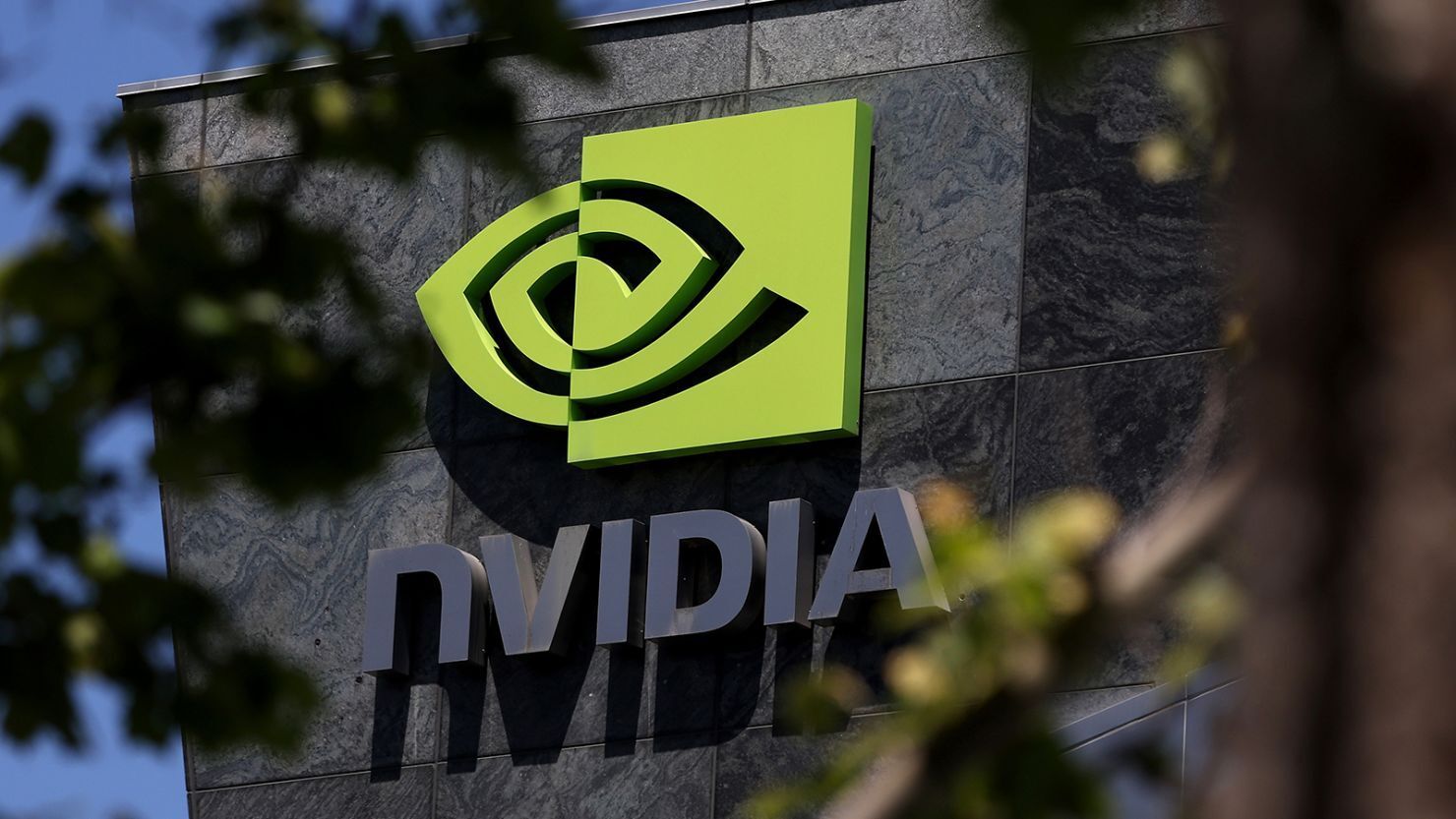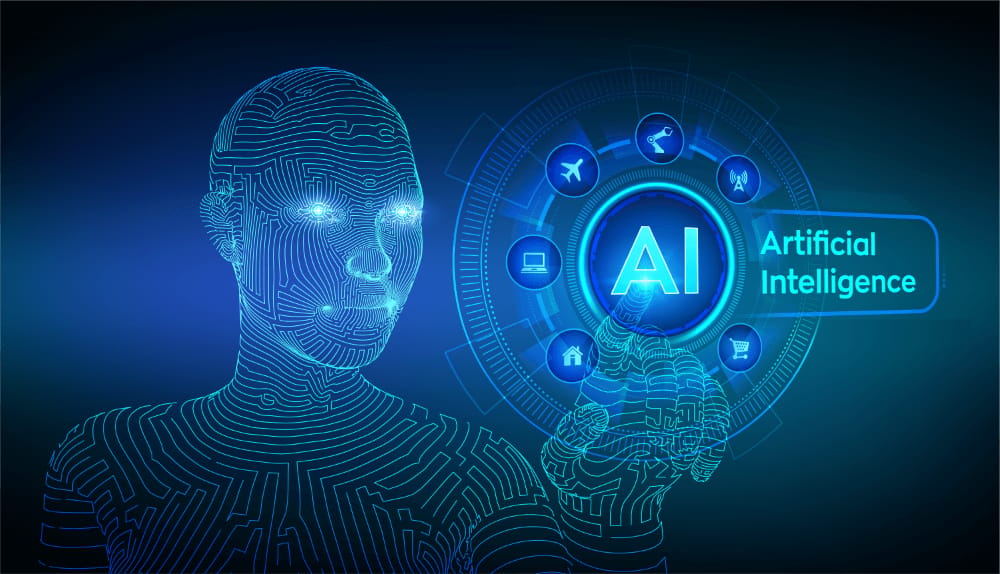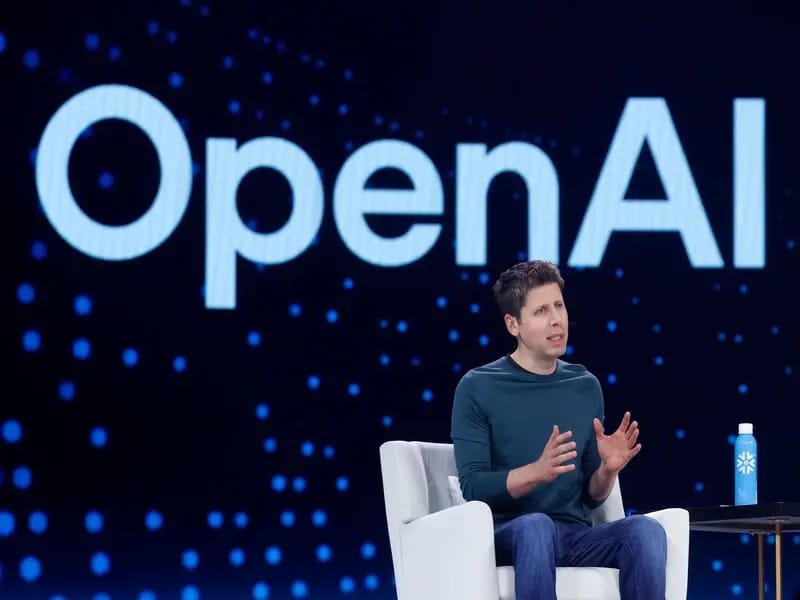- FutureIntelX
- Posts
- Nvidia’s reentry into China via the H20 AI chip shake-up signals a pivotal recalibration in AI geopolitics and market strategy
Nvidia’s reentry into China via the H20 AI chip shake-up signals a pivotal recalibration in AI geopolitics and market strategy
In the News today
Nvidia’s reentry into China via the H20 AI chip shake-up signals a pivotal recalibration in AI geopolitics and market strategy
Trump’s forthcoming AI strategy marks a sharp pivot moving from Biden-era containment towards aggressive global AI expansion and deregulation.
OpenAI’s ChatGPT Agent marks a leap from conversational AI to autonomous digital executive, shifting the “assistant” paradigm into real-world action.
Nvidia’s reentry into China via the H20 AI chip shake-up signals a pivotal recalibration in AI geopolitics and market strategy

What Happened
In mid-July 2025, the U.S. government facilitated by negotiations involving Nvidia CEO Jensen Huang and President Trump lifted export restrictions on the H20 AI chip targeted at China, as part of a broader trade truce tied to rare-earth mineral access.
This strategic rollback overturned Biden-era export bans, enabling resumed licenses for H20 shipments; Nvidia has begun filing applications and expects deliveries to start soon.
Wall Street reacted positively, driving Nvidia’s stock up 4–5%, lifting its market cap above $4 trillion, while analysts predict $10–15 billion in recovered revenue in 2025–26.
U.S. legislators, however—including Representative Moolenaar—are pushing for dynamic, capability-based export rules to prevent China from leveraging H20 chips for military or supercomputing use
Why It Matters
Economic leverage: Nvidia estimates $10–15 billion in incremental revenue in 2025 from China, regaining market presence and bridging an export-control–induced gap.
Strategic positioning: This move keeps Nvidia’s CUDA ecosystem at the center of China’s AI development, reinforcing U.S. tech dominance even as Beijing accelerates its domestic chipmaking.
Geopolitical signal: The trade-off AI exports for rare earth access signals a shift toward pragmatic interdependence over containment.
Forecast & Strategic Outlook
H20 export license approvals proceed; shipments begin; Nvidia restocks previously shelved inventories ($4.5B write-down potential).
Chinese firms ramp up AI model training using Nvidia kits; domestic chipmakers like Huawei and Moore Threads accelerate R&D in response.
China’s self-reliant chip ecosystem gains momentum, reducing dependency but with Nvidia retaining a leadership edge in software and global infrastructure. U.S. lawmakers may recalibrate export policies to respond to national security concerns.
Deeper Implications
Compute diplomacy: Leveraging chip access for rare-earth cooperation signals a new era of resource-linked trade tactics.
Ecosystem moat: Nvidia’s continued dominance in software (CUDA) may secure long-term lock-in, even if hardware share gradually contracts.
Policy friction: The deal heightens pushback from U.S. legislators and watchdogs, who may advocate for "capability-based" controls instead of static definitions.
Self-sufficiency acceleration: China may double down on its chip autonomy ambitions, speeding up local innovation and reducing future U.S. leverage
Strategic Question
As Nvidia blends economic opportunity with geopolitical calculus, can U.S. leaders establish export frameworks that both preserve strategic advantage and harness global market engagement, or will this détente inadvertently seed future technological competition?
Trump’s forthcoming AI strategy marks a sharp pivot moving from Biden-era containment towards aggressive global AI expansion and deregulation.

What Happened
According to a Reuters-sourced draft seen July 22, 2025, the White House will unveil an “AI Action Plan” that aims to export U.S. AI tech globally and suppress state-level AI regulations deemed too restrictive.
It includes steps to bar federal AI funding for states with strict AI laws and directs the FCC to review state regulations. It also promotes open-source AI, full-stack deployment via Commerce-led data centers, increased Pentagon use, job creation, and faster data‑center permitting.
This marks a clear departure from Biden-era measures, including chip-export restrictions aimed at limiting Chinese advancement.
Why It Matters
Global tech leadership: The plan signals a reassertion of U.S. dominance moving from defensive barriers to proactive technology diplomacy.
Domestic regulatory tension: Federal preemption of state AI rules pits the federal government against states pursuing stricter AI oversight.
Strategic bifurcation: The U.S. is transitioning from containment to expansion, shifting from national security risk management to global tech race leadership.
Forecast & Strategic Outlook
Executive order rollout and president’s “Winning the AI Race” speech on July 23 will galvanize industry; expect immediate federal challenges to restrictive state laws. Confidence: High
Commerce and FCC deploy full‑stack AI export initiatives; allied nations (e.g., Middle East) may receive U.S. chip access; states may face lawsuits based on federal preemption. Confidence: Medium–High
A new U.S. AI export regime could enable American dominance in global infrastructure, but may force adversarial nations (e.g., China) into accelerated indigenous AI development. Confidence: Medium
Deeper Implications
Federal–state friction: This creates a constitutional battleground, akin to past tensions over environmental or LGBTQ rights preemption.
Economic geopolitics: Full-stack AI export packages increase leverage with allies but also provoke strategic countermeasures from China.
Innovation dynamics: Prioritizing speed and openness may accelerate domestic AI proliferation but raises questions about safety guardrails and accountability.
Arms‑race momentum: By lifting chip-export restrictions, the U.S. increases risk of technology spillover to malign actors’ resilience frameworks must evolve.
Strategic Question
If this bold, export-first AI posture becomes policy bedrock, are your strategies and alliances aligned to leverage opportunity or prepared to defend domestic regulation and safety integrity?
OpenAI’s ChatGPT Agent marks a leap from conversational AI to autonomous digital executive, shifting the “assistant” paradigm into real-world action.

What Happened
On July 17, 2025, OpenAI unveiled ChatGPT Agent, an advanced layer built on GPT‑4o that empowers ChatGPT to perform multi-step tasks autonomously through a virtual environment complete with web browsing, code interpretation, API integration, and app connectors requiring explicit user consent.
Demonstrations included planning complex itineraries, organizing spreadsheets, designing presentations, booking reservations, and even modeling LBOs often surpassing competing tools like Microsoft Copilot in real-world benchmarks.
The feature rolled out immediately to ChatGPT Pro, Plus, and Team users, with performance metrics showing it dramatically improving accuracy on tasks such as spreadsheet editing.
Why It Matters
From chat to action: This marks a major shift in AI’s role from passive responder to proactive collaborator, enhancing productivity across finance, research, and personal management domains.
Competitive pivot: By integrating capabilities from Operator and Deep Research into one unified tool, OpenAI delivers a differentiated product positioning within the escalating AI arms race.
Autonomy with oversight: Built-in consent mechanisms, safety protocols, and prompt-injection defenses signal OpenAI’s strategy of balancing empowerment with guarded risk management
Forecast & Strategic Outlook
Rapid user adoption among enterprise subscribers; extensions into calendar, email, file systems, and travel/booking services. Watch for fine-tuned UI and permission controls. Confidence: High.
Integration into corporate workflows via Assistants API; improving reliability and reducing hallucination rates; law firms, finance, and consulting begin pilot deployments. Confidence: Medium–High.
Emergence of agent-driven platforms customized for industries e.g., autonomous financial analysts, executive assistants and potential regulatory attention around AI autonomy and data rights. Confidence: Medium
Deeper Implications
Workflow redesign: Standard roles in data analysis, scheduling, and admin tasks may shift toward agent oversight, redefining job scopes.
Trust & liability: As AI executes tasks directly, accountability frameworks must evolve to address errors, safety limits, and user trust.
Ecosystem lock-in: Early integration with Gmail, GitHub, and APIs may cement ChatGPT Agent as the default agentic AI across platforms.
Arms-race acceleration: Competitors (Google Gemini, Amazon Bedrock AgentCore) will rush to match, but OpenAI’s first-mover and safety gains create a durable lead.
Strategic Question
If your organization can delegate complex workflows like financial modeling, legal memos, or travel logistics to autonomous AI agents, what new value could your teams unlock and what safeguards must you implement to govern them ethically?
How can we make FutureIntelX more valuable for you? |
Reply